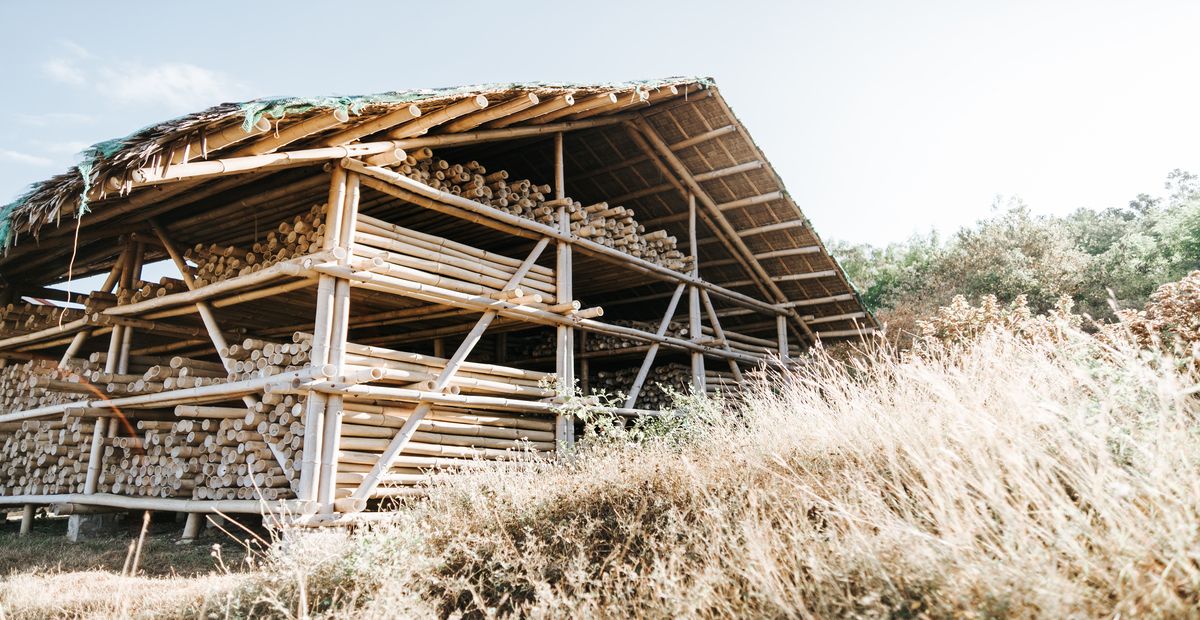Concrete is one of the most widely used construction materials globally, prized for its strength, durability, and versatility. However, pouring and curing concrete in hot weather presents unique challenges that can compromise its integrity and longevity. High temperatures can accelerate the setting time, increase the risk of cracking, and lead to a host of other issues that can affect the final product. To mitigate these risks, it is crucial to understand what additives can be incorporated into concrete mixes during hot weather conditions. This article delves into the various strategies and materials that can enhance concrete performance when temperatures soar.
Understanding the Challenges of Hot Weather Concrete
Before exploring the solutions, it is essential to recognize the specific challenges posed by hot weather. When temperatures exceed 77°F (25°C), the rate of evaporation from the surface of freshly placed concrete increases significantly. This can lead to:
- Rapid Setting Times: High temperatures can cause the concrete to set too quickly, making it difficult to finish and increasing the likelihood of cold joints.
- Increased Water Demand: Hot weather can lead to higher evaporation rates, necessitating additional water to maintain workability, which can dilute the mix and weaken the final product.
- Cracking: As the surface dries faster than the interior, tensile stresses can develop, leading to cracking and reduced durability.
Key Additives for Hot Weather Concrete
To combat these challenges, several additives can be integrated into concrete mixes. These additives serve various purposes, from retarding the setting time to improving workability and reducing water demand.
- Retarding Admixtures
Retarding admixtures are essential in hot weather conditions as they slow down the hydration process, allowing for a longer working time. Common retarding agents include:
- Lignosulfonates: Derived from wood, these natural compounds effectively delay the setting time without adversely affecting the strength of the concrete.
- Hydroxycarboxylic Acids: These synthetic compounds can provide significant retardation, especially in high-temperature environments.
By incorporating retarding admixtures, contractors can ensure that the concrete remains workable for extended periods, reducing the risk of cold joints and improving finishing quality.
- Water-Reducing Admixtures
Water-reducing admixtures, including high-range water reducers (superplasticizers), are crucial in maintaining the desired workability without adding excessive water. These additives help achieve the necessary slump while minimizing the water-cement ratio, which is vital for maintaining strength and durability.
- Polycarboxylate Ethers: These modern superplasticizers offer excellent performance in hot weather, allowing for significant reductions in water content while enhancing flowability.
Using water-reducing admixtures not only improves workability but also contributes to the overall strength and durability of the concrete.
- Evaporation Retardants
Evaporation retardants are surface-applied products that create a film over freshly placed concrete, significantly reducing the rate of moisture loss. These products are particularly useful in hot, windy, or low-humidity conditions.
- Film-Forming Agents: These agents can be applied immediately after finishing to protect the surface from rapid evaporation, thus minimizing the risk of plastic shrinkage cracking.
By using evaporation retardants, contractors can maintain the moisture content of the concrete during the critical curing phase, enhancing its overall performance.
Best Practices for Pouring Concrete in Hot Weather
In addition to using appropriate additives, several best practices can further enhance concrete performance in hot weather:
- Schedule Wisely: Pouring concrete during cooler parts of the day, such as early morning or late afternoon, can help mitigate temperature-related issues.
- Pre-cool Materials: Using chilled mixing water, ice, or cool aggregates can help lower the initial temperature of the concrete mix.
- Use Shade and Windbreaks: Providing shade for the work area and using windbreaks can reduce the impact of direct sunlight and wind on the curing process.
- Implement Effective Curing Techniques: Employing curing compounds, wet burlap, or continuous water spraying can help maintain moisture levels in the concrete.
Conclusion
Pouring concrete in hot weather requires careful consideration and planning to ensure the integrity and durability of the final product. By incorporating appropriate additives such as retarding admixtures, water-reducing agents, and evaporation retardants, along with implementing best practices, contractors can effectively manage the challenges posed by high temperatures. Understanding these strategies not only enhances the performance of concrete but also contributes to the overall success of construction projects in hot climates. As the construction industry continues to evolve, staying informed about the latest advancements in concrete technology will be essential for achieving optimal results.
